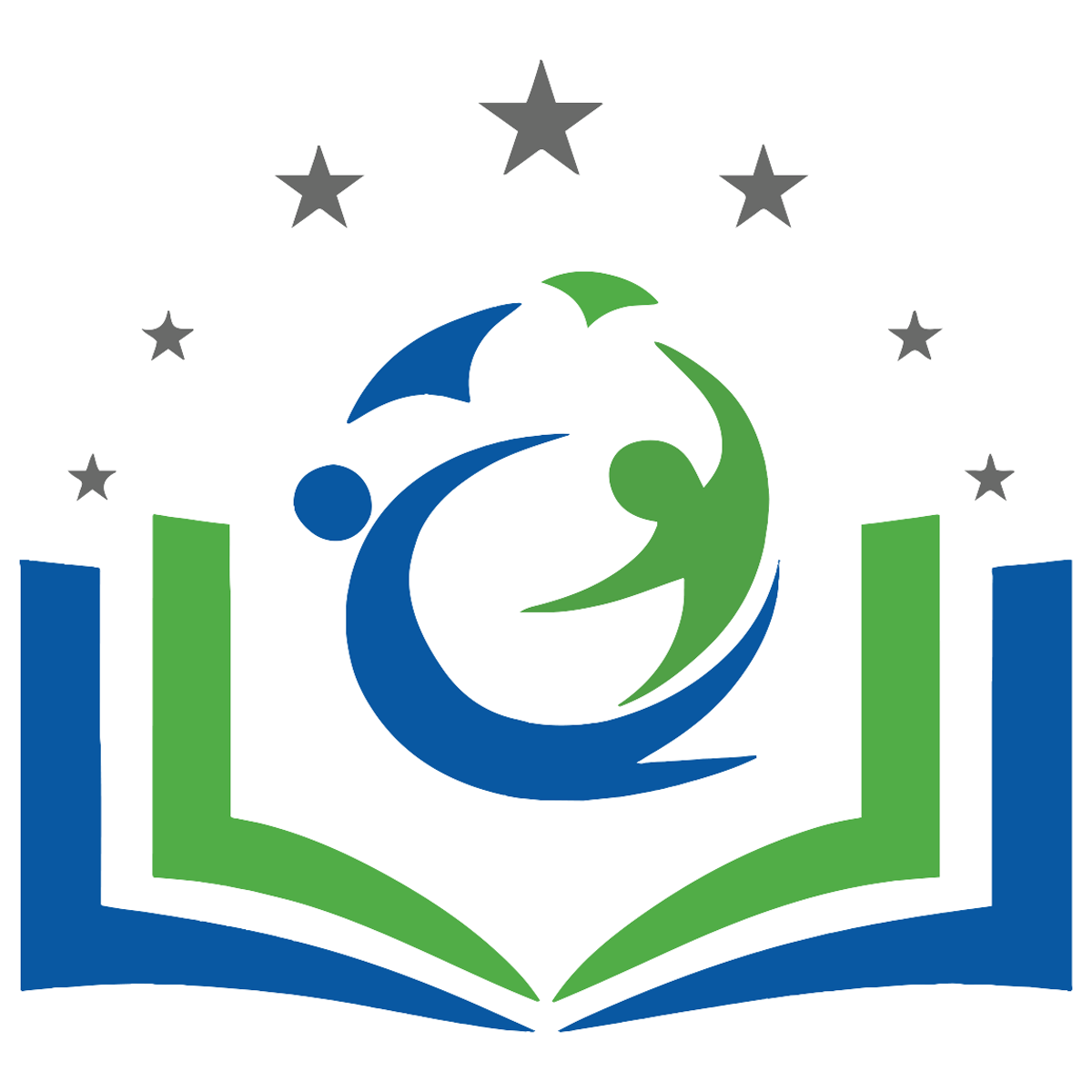Berkeley Middle School’s main goal is simple: always do what’s best for students. This mindset caused an impressive leap from Unsatisfactory to Average in the school’s latest state report card rating because of gains made in the Academic Achievement and School Climate categories.
“I’ve been teaching a long time and I used to say they [students] need a sense of purpose,” Rose Wannamaker, a seventh-grade science teacher at BMS, said. “They have to know what their sense of purpose is and we’re now establishing that as a school.”
By clearly communicating expectations for instruction and discipline, students are now being guided toward success and see teachers and school administration following through on their word and holding people accountable.
One of the best examples of this is Berkeley Middle’s Buck Shack. Used to incentivize positive academic and social behaviors, students now receive Berkeley Bucks signed by teachers to purchase toys, snacks and merchandise from the Buck Shack. Getting Berkeley Bucks is a phenomenon that’s taken over the school.
Max Burke, one of Berkeley Middle’s seventh-grade social studies teachers, has seen students go out of their way to hold doors open for others or help someone who’s dropped something. Both him and Wannamaker have also used Berkeley Bucks to encourage students to complete their i-Ready math and reading lessons during Flex Time, a 30-minute intervention and enrichment period held every day during homeroom.
“It’s gotten so big that where we used to open it twice a month last year, now we’re opening it every Friday and we’re getting parent volunteers to come in…because the line was out the door,” BMS Assistant Principal Lyndi Valicek said.
Teachers are now also working as a more cohesive unit following the implementation of professional learning communities (PLC) throughout the school. Through PLCs, teachers meet regularly by subject and grade level to discuss student achievement, when to perform assessments and collaborate on teaching strategies.
“In social studies, what we have done is our PLCs have become more data-driven. Instead of sitting in a PLC and planning out lessons and seeing what sticks to the wall when we throw it out there, we’ve been looking at our data from our formative and summative [lessons] and figuring out why did all my kids get this one [standard] right and all your kids missed it,” Laddie Jones, a BMS eighth-grade social studies teacher, said. “And every time we’ve done that so far, it’s been beneficial.”
Assistant Principal Valicek said that Berkeley Middle has a set of guaranteed curriculum, so it doesn’t matter what class a student is in, they are all working with the same curriculum and learning the same standards. But, Burke interjected, it’s presented a different way by different teachers based off their strengths and interests.
After accumulating all this student data, teachers can quickly and clearly assess which students need enrichment, intervention or remediation.
“We’re actually trying to implement more intervention and remediation before we get to the assessments besides after the fact,” Burke said. “Now, we’re trying to be more of a proactive group.”
On intervention/enrichment days, teachers break up their classes into small groups and focus on meeting students where they’re at, whether that’s expanding their thinking on a lesson they’ve mastered or completely going over a concept again.
“When we did the enrichment days, several of the kids were amazed by how much they learned or regained after doing this, so a lot of the feedback was good from the students,” Elizabeth Trott, a BMS eighth grade science teacher, said.
And after all, doing what’s best for students in Berkeley Middle’s top priority.


